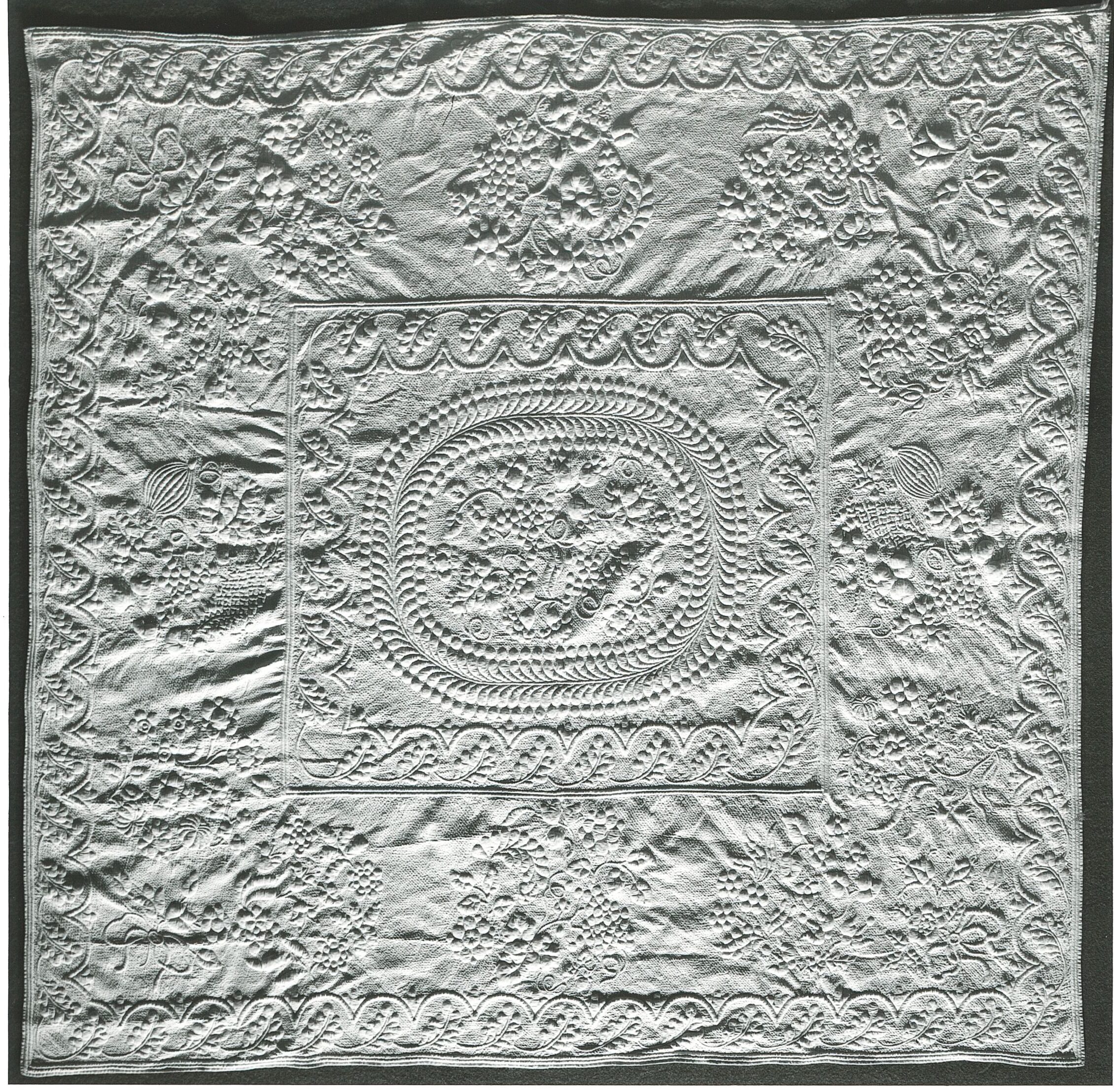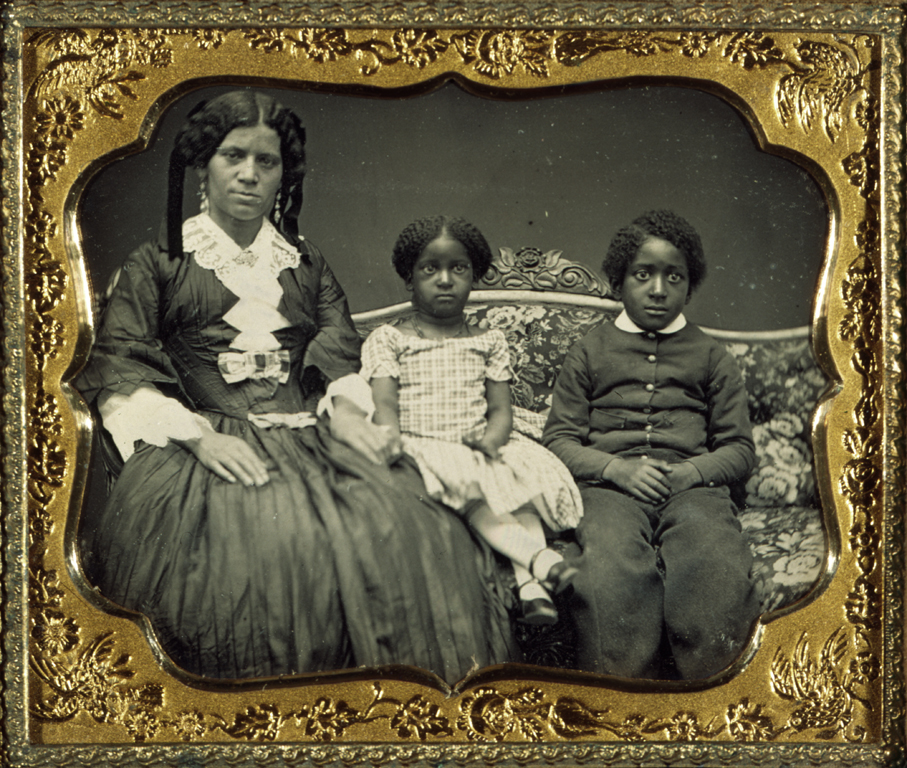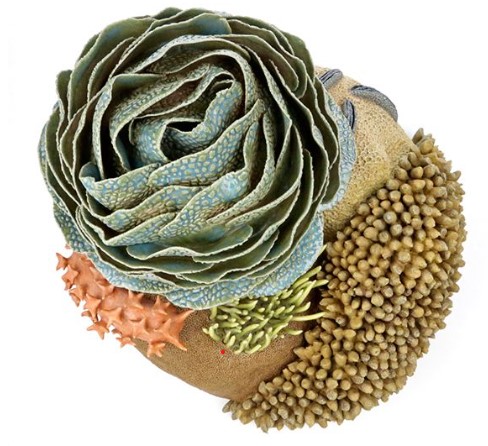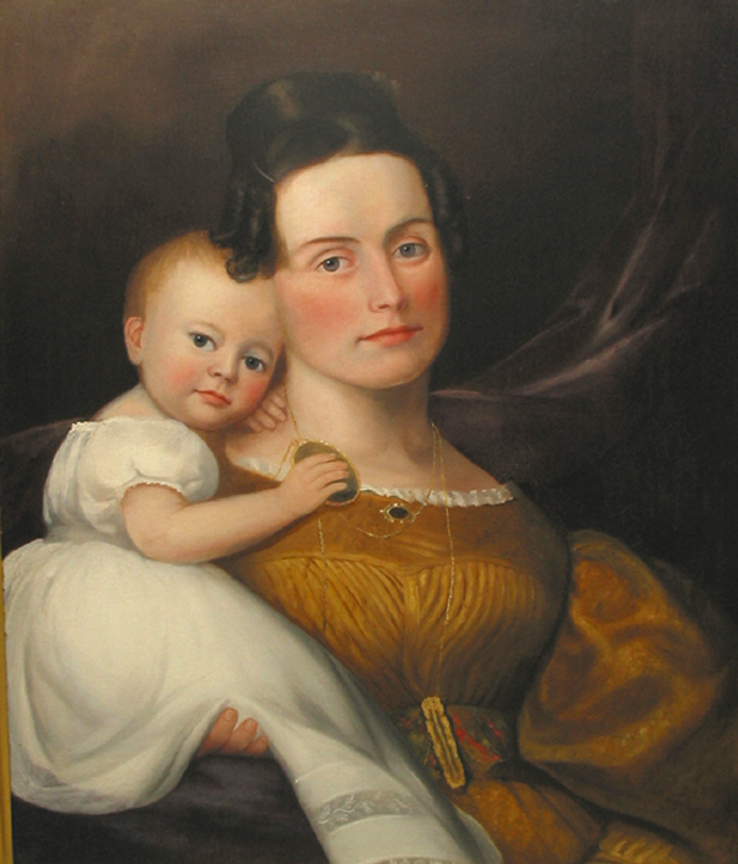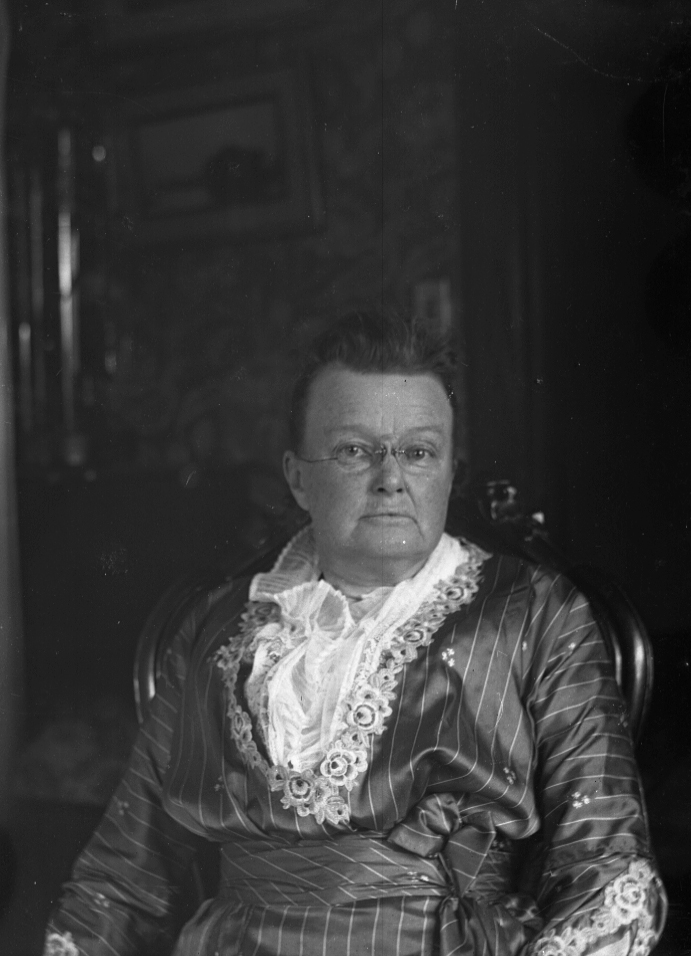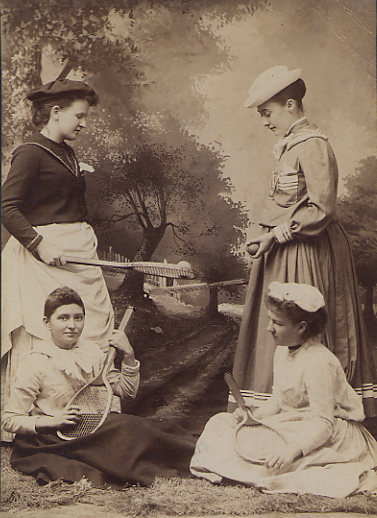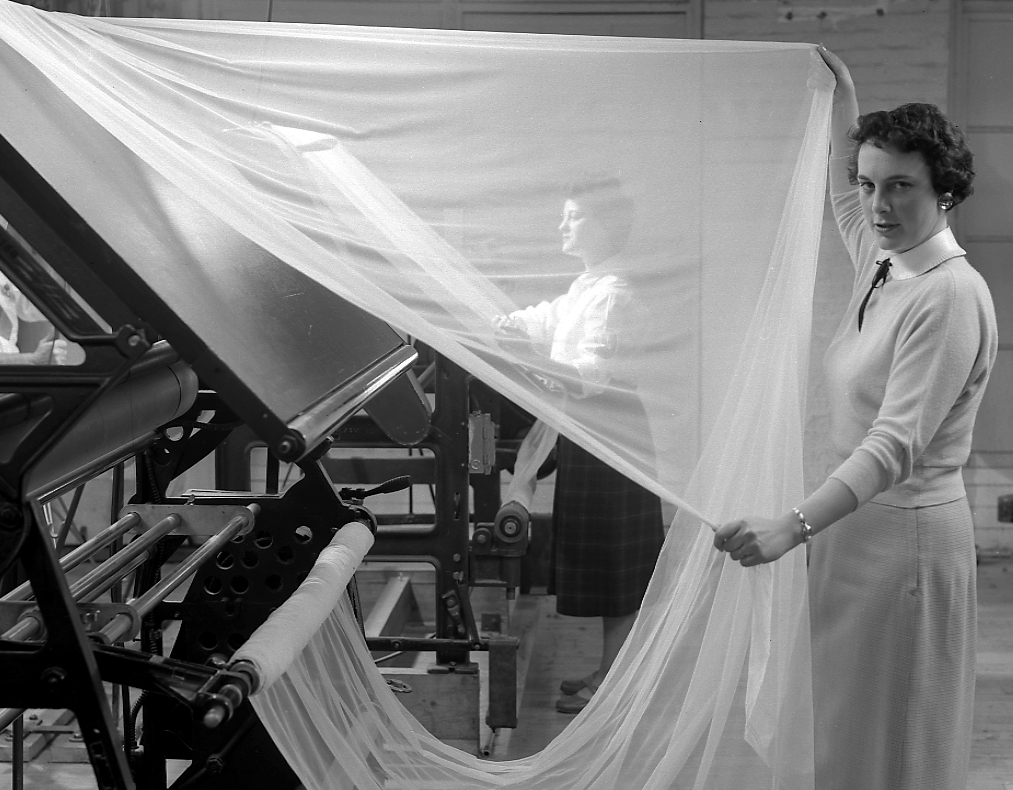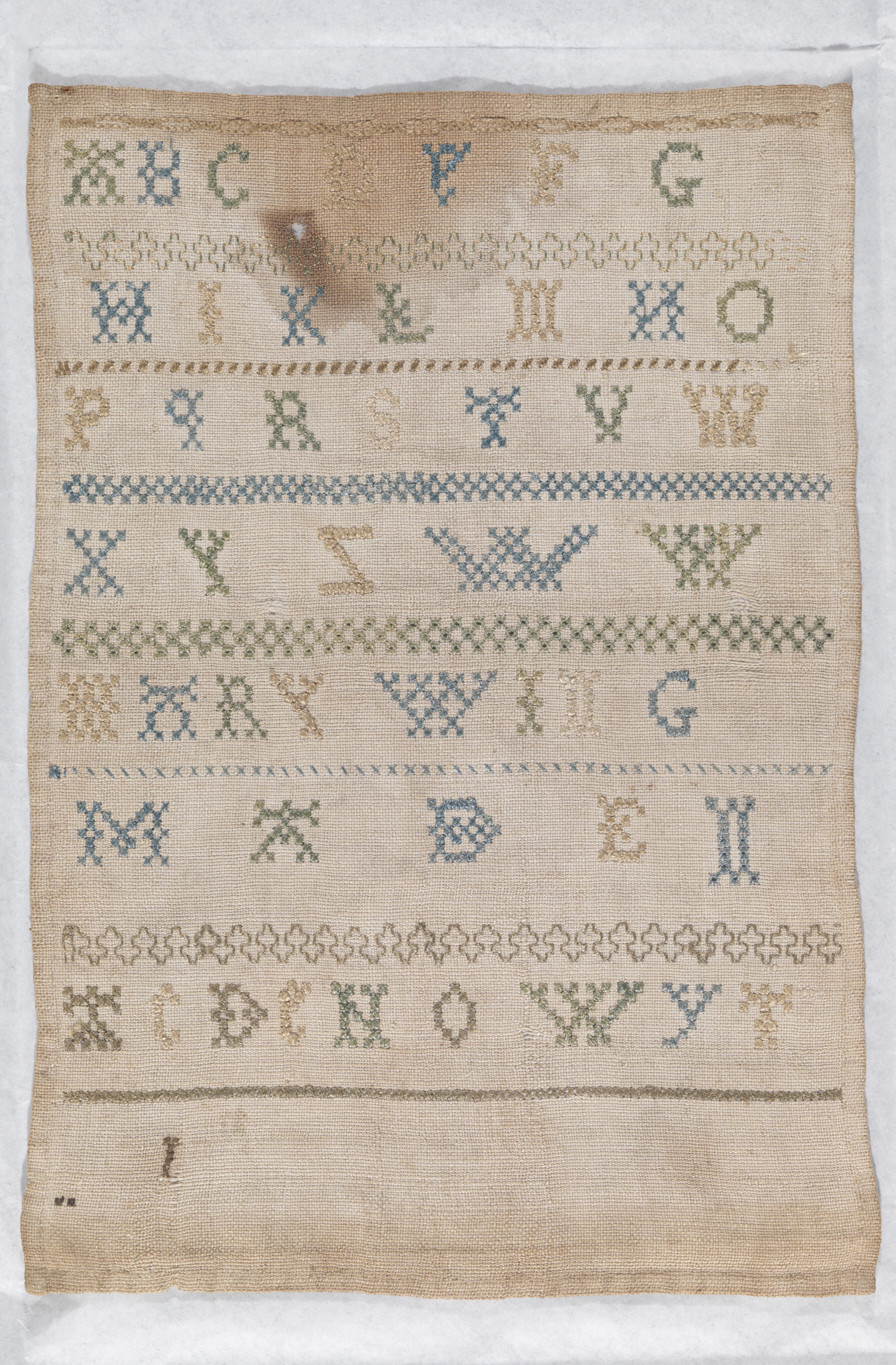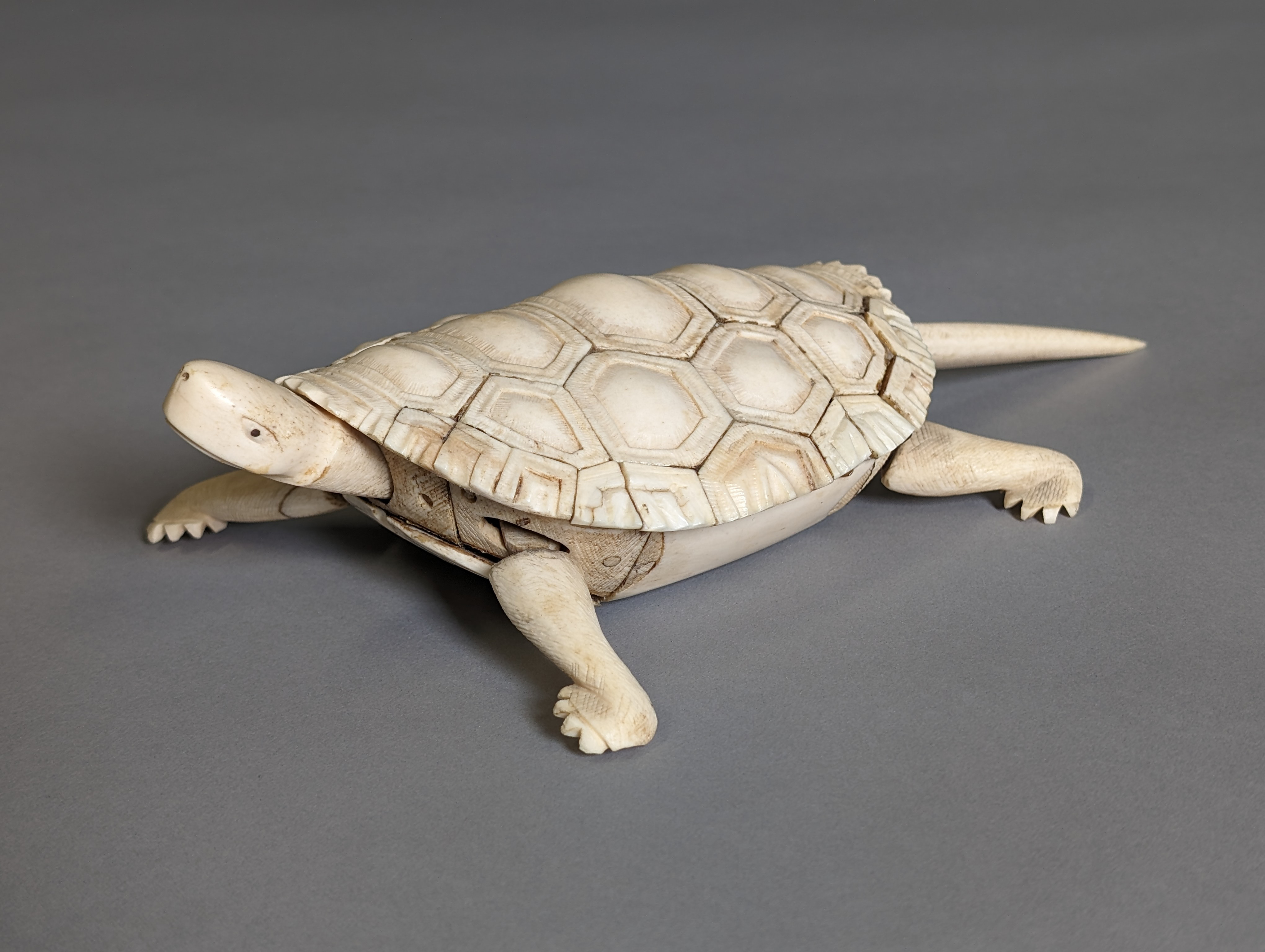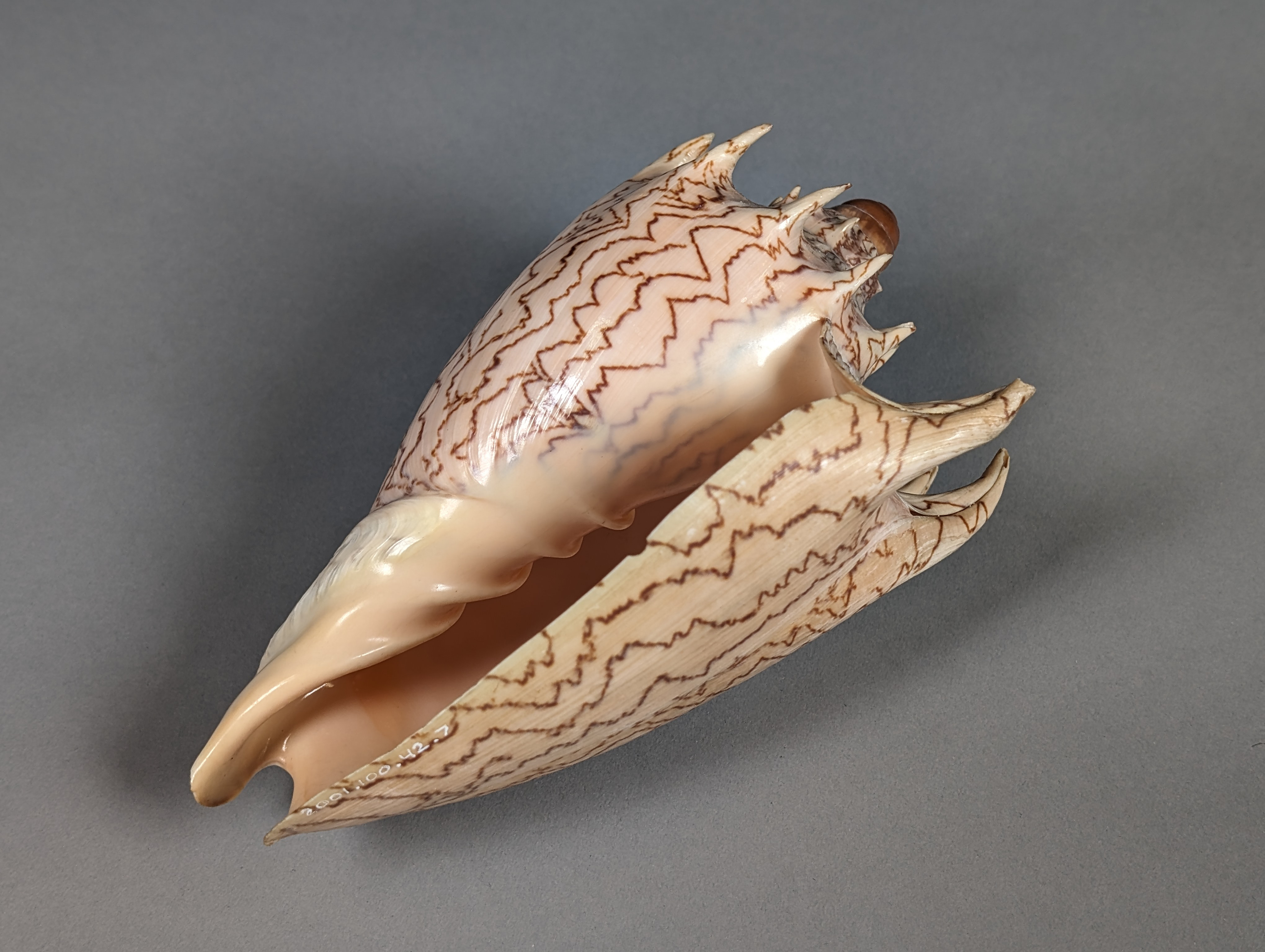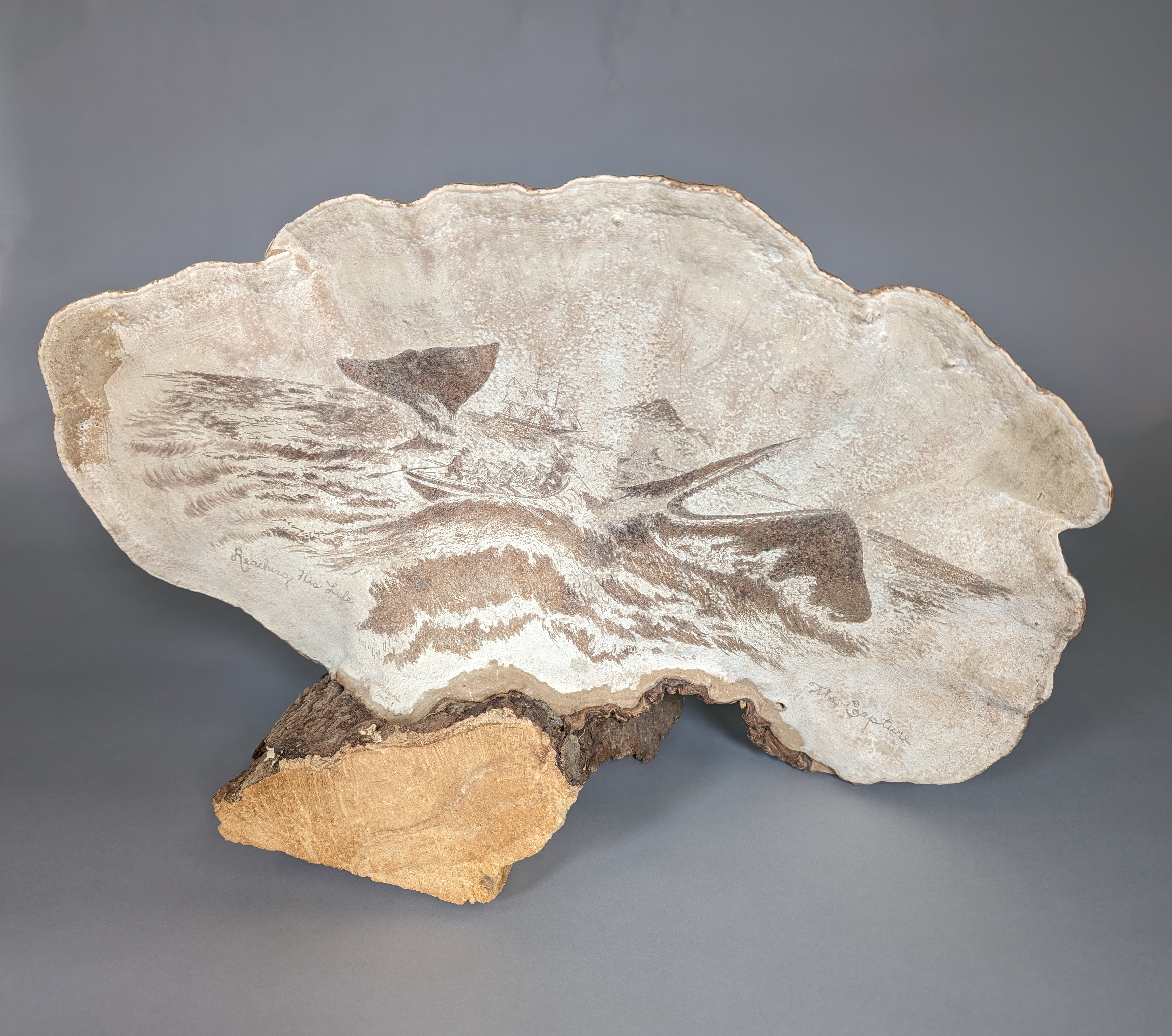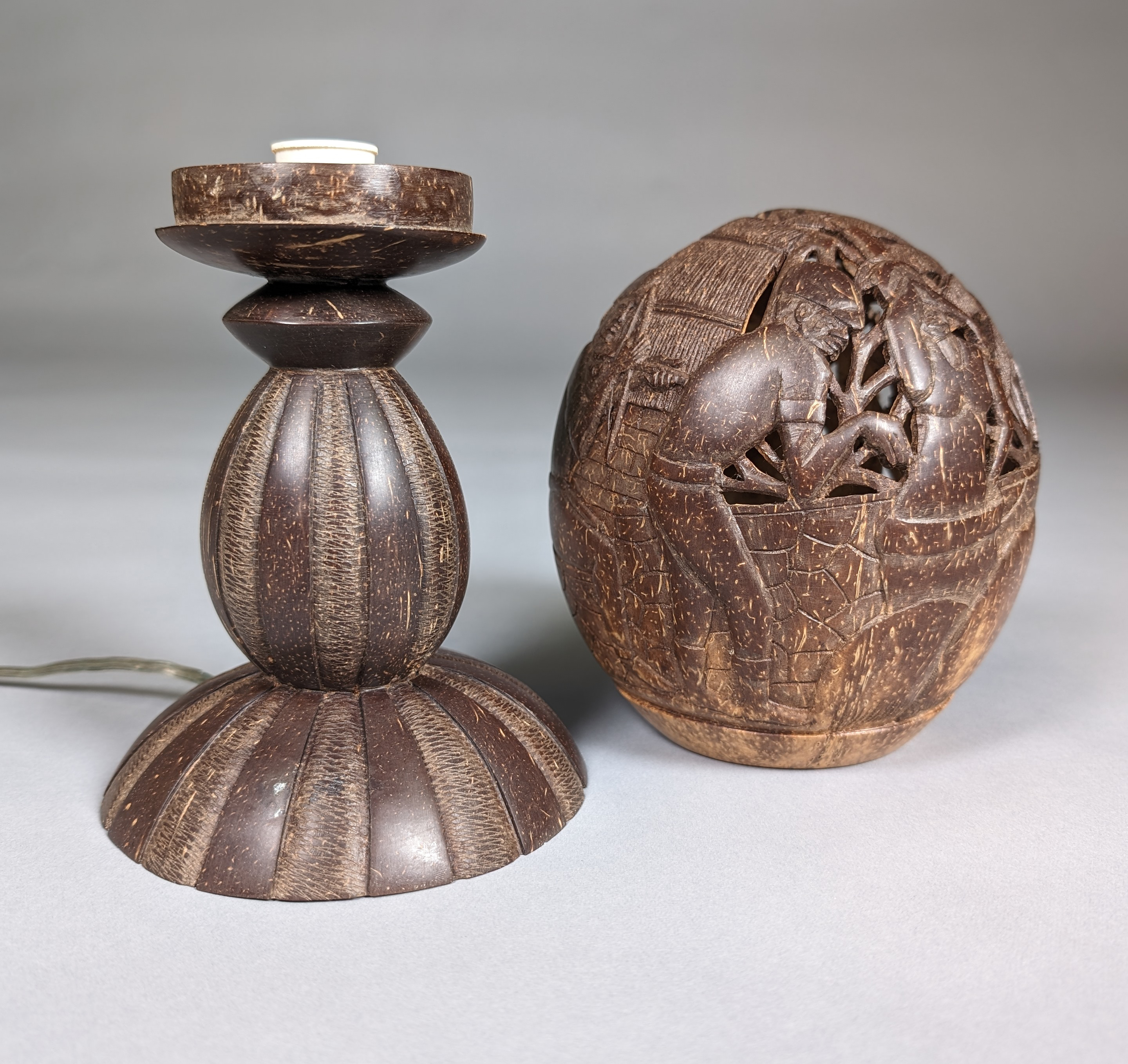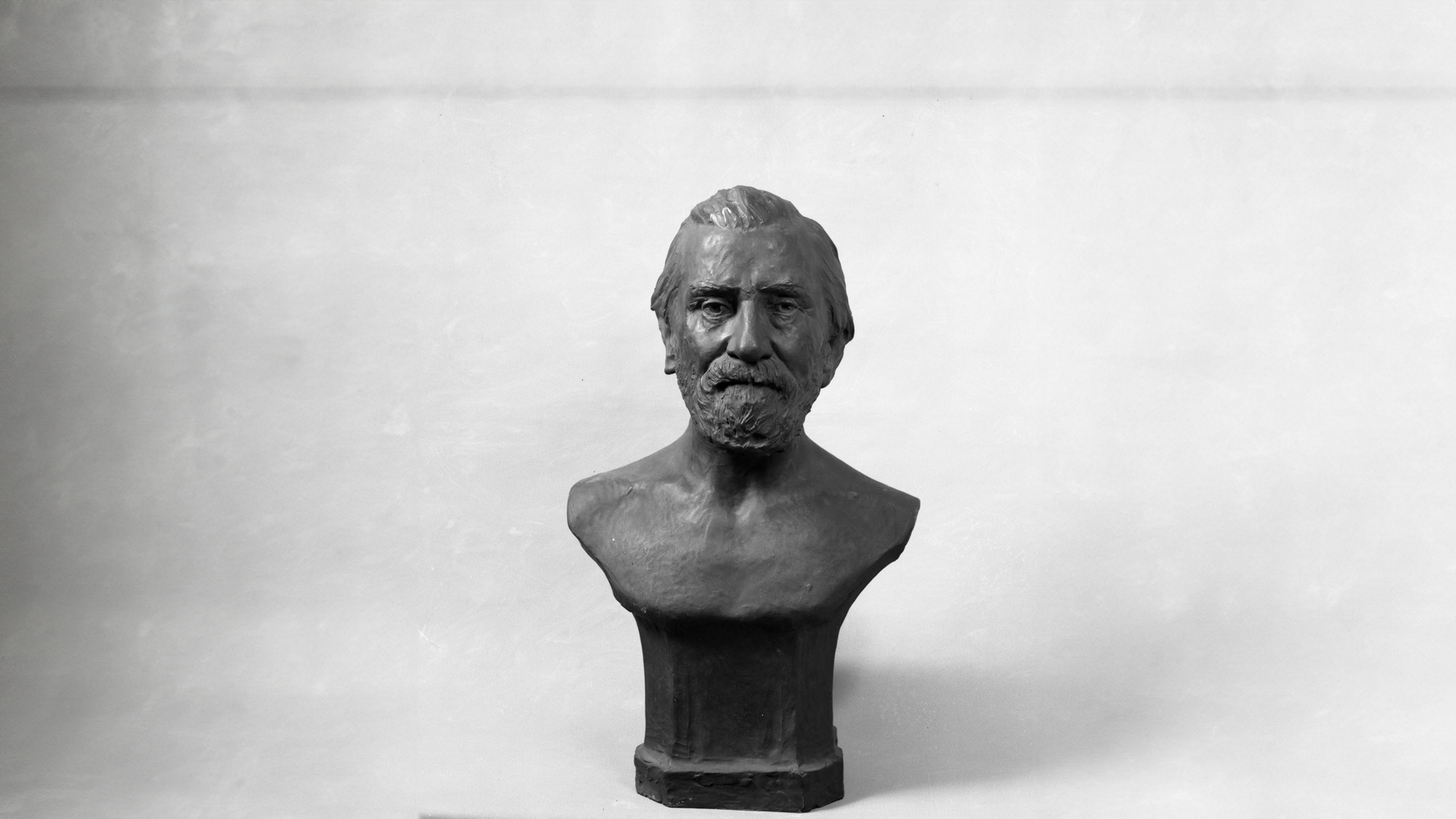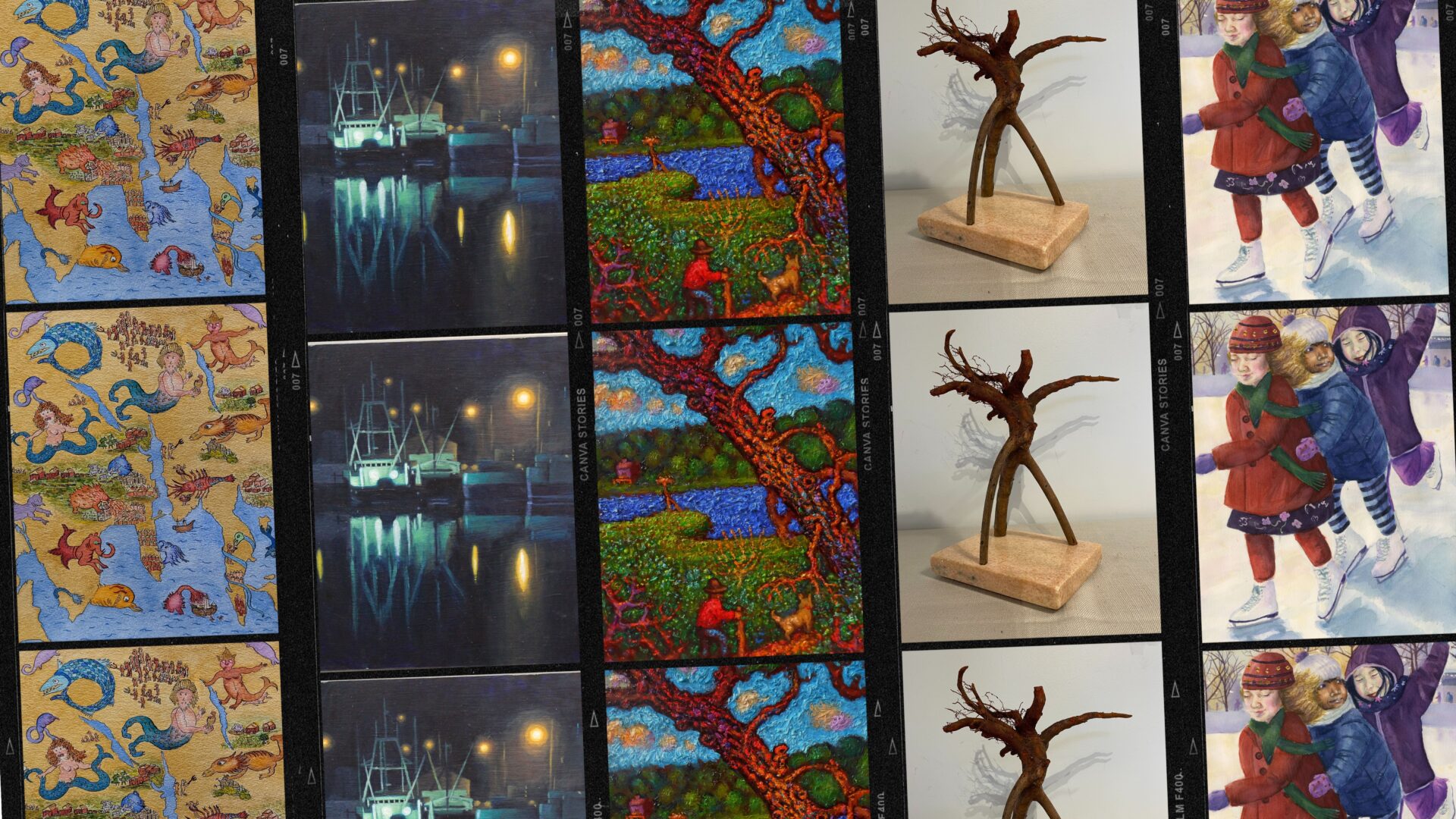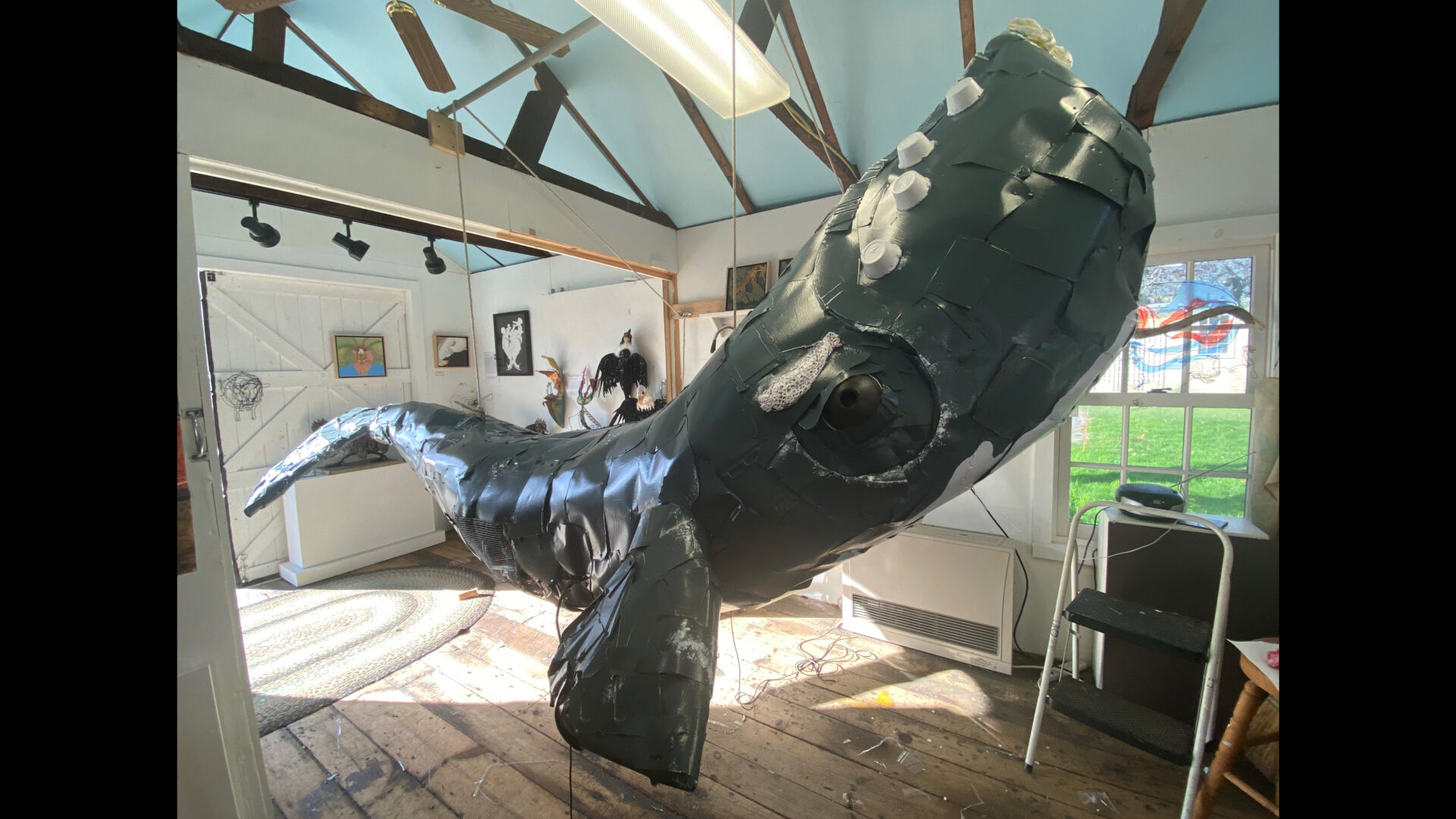Lighting the Way: SouthCoast Women’s Lives, Labors, Loves
New Bedford Whaling Museum
Wattles Gallery
December 13, 2024 – May 4, 2025
Meet in Wattles Gallery for a one-hour walk-through of the special exhibition Lighting the Way with Chief Curator Naomi Slipp; No registration or additional ticketing required
- February 20, 10am
- March 18, 12pm
- April 17, 1pm
Women have always shaped the South Coast of Massachusetts and its histories. Their contributions to domestic and civic life, to education and public institutions, to the cultural fabric of New Bedford and its neighbors, and to the political and social environs of the area are immeasurable. Curators use physical objects and visual materials to tell stories about the past. An exhibition is only as good as the collection it is built around. Historically, women’s lives and contributions have been underappreciated, their material histories under-collected, their stories left untold. In the past, when this museum did collect women’s stories, it prioritized White, Protestant, upper-class regional women who had power, wealth, and social position. Museum priorities have changed significantly since then, but the question remains: how do we curate around absence?
This exhibition connects items in the collection made by and for regional women to historical figures, organizations, events, and achievements – big and small. When we look closely, hundreds of women’s stories are encompassed by the museum’s collection. Some suggest the experiences of women and girls en masse, others picture unnamed female figures, far fewer are tied to known historical women. Taken together, such artifacts bring absent stories to light and illuminate how women, so often pushed to the margins, have made their mark on the South Coast in myriad ways. Their experiences – traditional and boundary breaking – have shaped the region and led the way for the women of today.
The exhibition focuses on objects in the collection made by and for women, and shares their stories. A selection of portraits of women and girls in oil, photography, miniature, cut silhouette, and works on paper visualize the faces of regional women. Sections showcase objects that relate to girls’ childhood activities, including dolls and miniatures, as well as textiles, such as quilts, samplers, needlework, and clothing. Women’s auxiliaries, civic organizations, and benevolent and charity organizations all shaped the SouthCoast in the 1800s and 1900s; manuscript materials and photographs highlight activities of the YWCA, New Bedford Woman's Club, and ARAW. The exhibit advances this story by considering major movements, such as abolition, the Woman’s movement, suffrage, and civil rights, women’s involvement in the NAACP and NACWC, the leadership roles women took during WWI and WWII and in labor organizing activities, alongside pottery by the Saturday Evening Girls, postcards by Theodosia Potter Chase, and works by female Swain School graduates. This is carried through the 21st-century with consideration paid to second-wave feminism, contemporary women artists, and female civic leaders. Throughout, diverse stories cut across race, age, class, ability, ethnicity, immigration status, gender identity, and sexuality to demonstrate the unique and evolving experiences of women in this region between 1650 and today.
This exhibition was made possible through the generous support of the following:
The Association for the Relief of Aged Women of New Bedford
William M. Wood Foundation
Maureen and Ray Armstrong
Paulina and Henry Arruda
Deborah A. Baker
Toby Baker
Christina Bascom
Nancy Braitmayer
Toby and Barbie Burr
Cape Air/Nantucket Airlines
Molly and Chris Cutler
Priscilla Ditchfield
Betsy Fallon
Marilyn and Dave Ferkinhoff
Margaret and Clark Gee
Holly and Joe McDonough
Emily Mead and Robert Santos
Milhench Supply Co.
Sloan Simmons
Mary Howland Smoyer
Ellen O. Stone
Margot Stone
Lisa Whitney
Anonymous Donors
Up From the Depths: Natural Selections from our Collections
New Bedford Whaling Museum
Big Braitmayer Gallery
October 11, 2024 – October 13, 2025
RELATED EVENTS & PROGRAMS
Thursday, October 10, 2024, 4:00-7:00pm
AHA! Night | Shell Show & Tell
Join the New Bedford Whaling Museum for the October AHA! Program, where we're inviting fossil enthusiasts of all ages to share their most prized finds and the stories behind them.
Learn More
The collections of the New Bedford Whaling Museum / Old Dartmouth Historical Society are an impressive array of fine art, ethnographic objects, whaling implements, nautical artifacts, textiles, household items, and detailed documents from around the world. Included in this global ensemble is a variety of objects with a derivation from the natural world, both terrestrial and aquatic. Some of these artifacts appear as one might expect; others have been artfully modified by an artist or collector.
For the first time in nearly a century, we will host an exhibition focused solely on this aspect of our collections. It will feature bones, teeth, baleen, shells, wings, beaks, other natural specimens, and anatomical illustrations. You will see animal structures used as a medium to depict other animals. There are coconuts bigger than your head and shells as small as your fingernails. Some were collected close to New Bedford. Some were brought into port after a long whaling voyage.
Many of these artifacts will be on exhibit for the first time; others haven’t been seen in decades. All will impress you with their beauty or their clever reuse of form and function.
Curated by Associate Curator of Science and Research, Robert Rocha.
Complicated Legacies: Museum History, White Supremacy, and Sculpture
New Bedford Whaling Museum
Little Braitmayer Gallery
October 11, 2024 – October 13, 2025
The New Bedford Whaling Museum (NBWM) was founded as the Old Dartmouth Historical Society (ODHS) in 1903 and has been collecting and exhibiting for over 120 years. Its original purpose was to collect and interpret the social and cultural history of New Bedford and the surrounding region of towns in Massachusetts—New Bedford, Acushnet, Fairhaven, Dartmouth, and Westport—known as “Old Dartmouth.” New Bedford, a community on the southern coast of Massachusetts, was the largest commercial whaling center in the mid-nineteenth century. In 1914, the Society received an extraordinary gift of $75,000 from Emily Bourne, whaling fortune heiress and daughter of Jonathan Bourne, to erect a new building adjacent to the Old Dartmouth Historical Society’s museum in downtown New Bedford. It would include a half scale model of her father’s most lucrative vessel, the Bark Lagoda. When the Jonathan Bourne Memorial Whaling Museum at the Old Dartmouth Historical Society opened in 1916, the vaulted two-story gallery housed the impressive half-scale model and a bust of Jonathan Bourne made by vaunted American sculptor John Gutzon Borglum (1867-1941).
Borglum was a celebrated artist, widely revered for his work on Mount Rushmore, statues of Union General Philip Sheridan and Abraham Lincoln. He was also a staunch White supremacist, xenophobe, nativist, and racist, who was actively involved in the Ku Klux Klan and pro-Confederacy commemoration, and was the first architect of Stone Mountain in Georgia. A project organized by the United Daughters of the Confederacy, Stone Mountain memorializes Confederate General Robert E. Lee and glorifies and promotes the racist ideology of the “Lost Cause.” Plans for Stone Mountain launched in 1915, coinciding with the release of D.W. Griffith’s pro-Klan film The Birth of a Nation, which was famously screened at the White House by US President Woodrow Wilson. Wilson won the Presidency in 1912, supported segregation, and held racist ideologies and a belief in the “Lost Cause” narrative. 1915 also saw a dramatic rise in membership in the Ku Klux Klan, which reformed in that year in Georgia and, by the mid-1920s, had over a million members across the country. Massachusetts enrolled almost 131,000 members, while Rhode Island had over 20,000 members. Enrollment in the KKK did not define the bounds of racism; white supremacy was widespread outside of formal member rolls. Organizations like the NAACP and the CPUSA and individuals rallied to fight racism, antisemitism, and xenophobia, often organizing campaigns and promoting social activism.
For over one-hundred years until 2020, the bust of Bourne made by Borglum sat on a plinth overlooking the Lagoda. The murder of George Floyd by police officers in Minneapolis, MN in May of that year and the subsequent and ongoing conversations about police violence, racial injustice, and Black Lives Matter, prompted internal conversations at the museum about Borglum’s beliefs and the work of sculpture in public view. While those conversations developed, the bust was removed from public view. In 2024, on the 110th anniversary of Emily Bourne’s extraordinary gift, we are placing the bust back on view and inviting visitors to engage with the complicated legacies of an institution, an artist, and an object.
This exhibition asks, what do we do with a bust created by someone who held deeply problematic racist ideologies? Do an artist’s beliefs impact how we interpret a sculpture? Is a sculpture like this one defined by the politics of the maker, patron, or subject? What were the Bourne’s politics, and what made Emily decide to commission the bust from Borglum in 1916? How might the museum, in its long history, also have supported racist ideologies or worldviews? How can we confront these histories and engage audiences in conversation about the ongoing legacies of historical harm, and racial and social injustice today?
Local Artist Showcase
First Floor
Banner Image: (L-R) Works by artists Susan Mendyn, Roy Rossow, Milton Brighton, David Formanek, Hannah Robidoux
The New Bedford Whaling Museum proudly celebrates and showcases some of the talented artists of the region. The exhibition rotates regularly and is located on the first floor of the Museum. This is an area that is accessible for free, no admission required.
The New Bedford Whaling Museum supports Local Artists by exhibiting work in a large wall vitrine in Jacobs Family Gallery, a prominent location that is highly visible and free for visitors. The Museum promotes these exhibitions on its website and through our social media.
Now Accepting Local Artist Submissions
The New Bedford Whaling Museum now invites local artists to apply to have their work featured in our Local Artists Case!
We accept submissions on a rolling basis for three exhibition time frames:
- January-April
- May-August
- September-December
Please refer to the FAQ below for more information and application requirements.
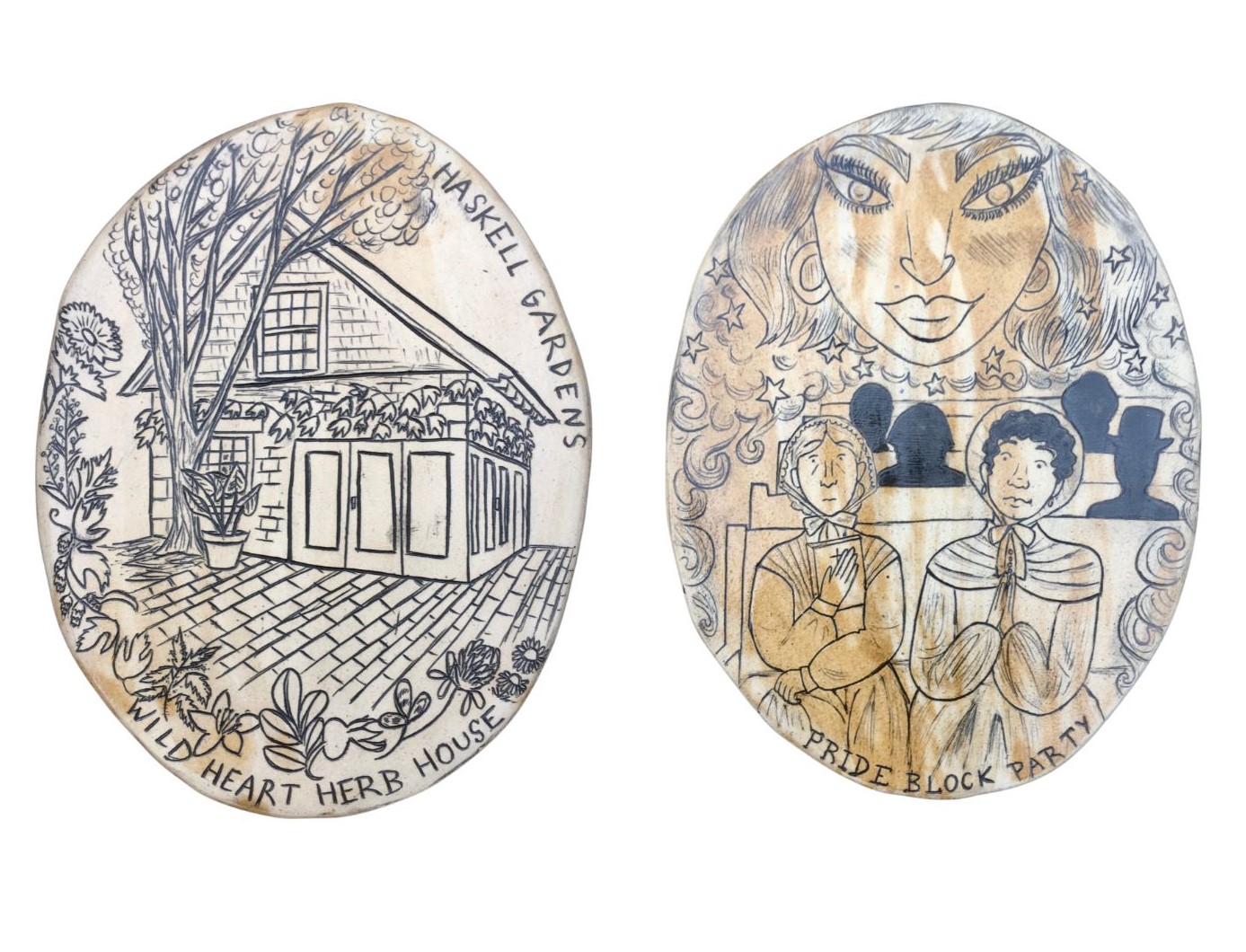
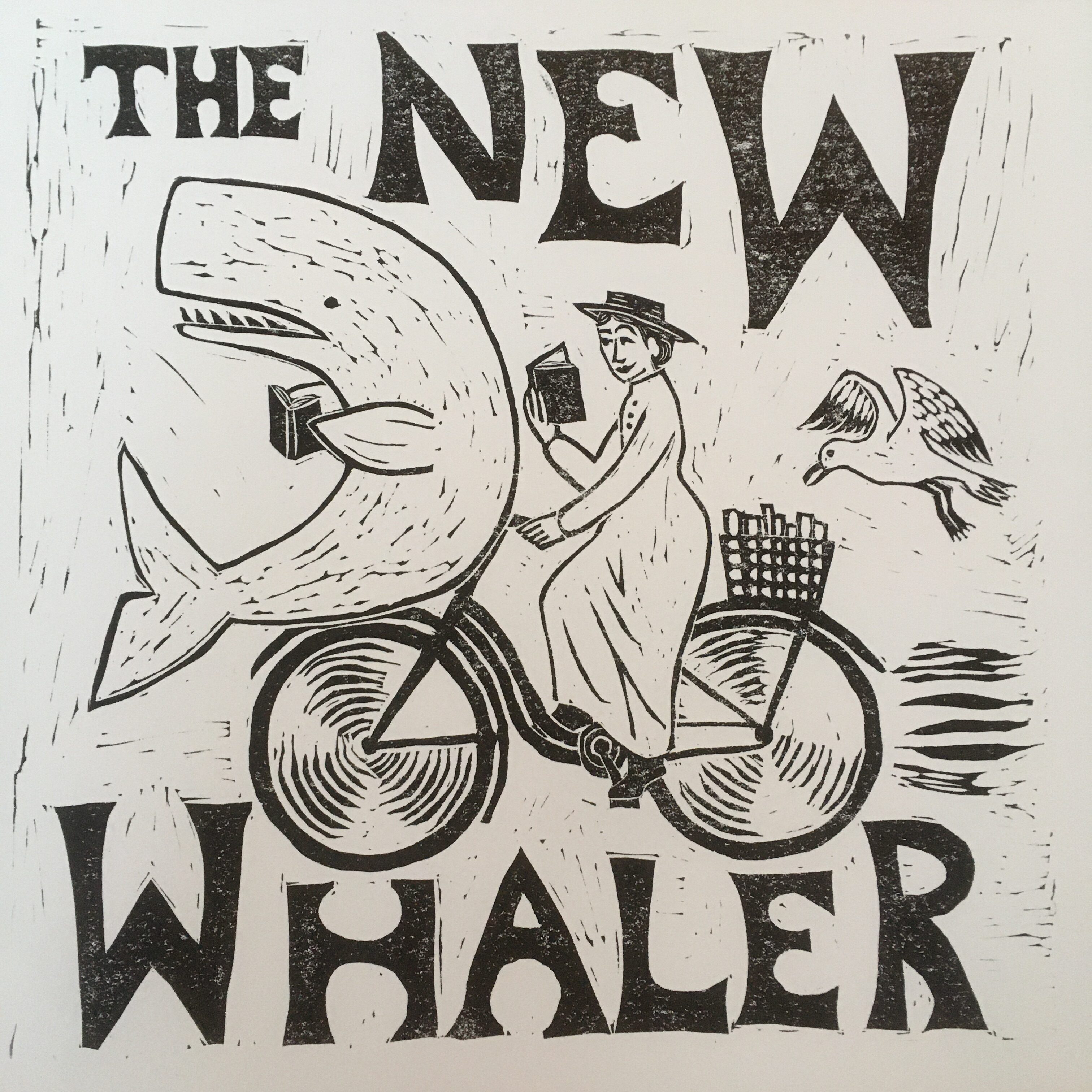
On View Now
The New Whaler, 2024
Beatrice Alder, Kate Frazer Rego, Aneshia Savino (zines and publications)
In 1928, Helen “Betsy” Ellis (1889-1978) and Imogene Weeks (ca. 1872-1960) opened The Whaler Bookshop in downtown New Bedford. The book shop, a circulating library, and a traveling bookstore called the Whaler on Wheels , operated for six years before closing in 1934. The New Bedford Whaling Museum invited artists Beatrice Alder and Kate Frazer Rego to create a bookshop-inspired art installation for present day New Bedford. Working with Marie Equi Zine Library Archivist and Artist Aneshia Savino, they created The New Whaler , a multi-part art installation reimagining the traveling Whaler on Wheels operated by Ellis , a New Bedford-based artist, bookseller, educator, and queer historical figure and Weeks, an educator and school administrator.
The ceramic plaques and collected histories in the Local Artist Showcase are just one part of The New Whaler project. Other parts of the installation include a human-powered mobile bookshop with titles related to LGBTQ+ history, whale and ocean ecology, social justice history, and children’s literature, in the exhibition Lighting the Way: SouthCoast Women’s Lives, Labors, Loves and bookshop signs in the Whaling Museum Water Street Storefront.
Artist Statement
“Each of these scrimshaw-inspired ceramic plaques depicts a queer historical space. Some have a known, documented queer history—The Gallery Bar, Gallery X, Haskell Gardens/Wild Heart Herb House, New Bedford High School—while others, such as the Ernestina-Morrissey, are historical spaces reclaimed and made inclusive by queer people today. Local institutions such as the Marie Equi Zine Library and the Queer Arts Council Pride Block Party lack a fixed, year-round location, serving as flexible, ephemeral spaces that respond to the needs of the queer community as they evolve.
Where homophobia is pervasive, documentation of queer history and culture is often scarce, or exists only for the most privileged classes. Older, working-class spaces such as the Ark and the Fo’c’sle (crew’s living quarters aboard a typical whaleship) certainly housed queer people and witnessed queer joys and struggles, even in the absence of specific written evidence. For that reason, I am so grateful to the people who shared their oral histories for this project, taking control of their own narratives and contributing to the queer community’s knowledge and sense of place.”
Frequently Asked Questions
Artist requirements
Apply Now
Local Artist Showcase 2024
Local Artist Showcase 2024
ART ON THE PLAZA: Marnie Sinclair
New Bedford Whaling Museum
Opening: June 6, 2023
“Single-use plastics” (SUPs) represent 50% of all plastic produced, are used once and thrown away. The impact of plastic waste on the environment and human health are drastic. Every year, over ten million tons of plastic enter the oceans. Plastics then breakdown into microplastics and are consumed by humans and wildlife. It’s been estimated plastic pollution kills 100,000 marine mammals – like Seamore the Seal - annually.
Kin was inspired by an unborn North Atlantic right whale calf that died with its mother from a ship strike off the coast of Virginia in 2005. Their skeletons hang inside the New Bedford Whaling Museum. The North Atlantic right whale is critically endangered. Today, there are about 335, and under 70 breeding females. Kin offers an opportunity for reflection about the human impact on marine mammals. By referencing familial bonds and generational loss, this emotional work inspires compassion toward these threatened creatures.
Marnie Sinclair (b. 1945) is a process artist and environmental activist who often uses her art to visually express the many complicated issues that surround climate change and ocean pollution. Sinclair was raised in the tropics, then lived and worked on Martha’s Vineyard, and now resides in Damariscotta on the Southern coast of Maine. In each location, she finds inspiration in the shorelines and native wildlife. Kin and Seamore the Seal are inspired by her deep concern over sustainability and marine mammal health. For their sake and our own, Sinclair exhorts audiences to aim for a more sustainable existence. As she notes, “All living beings deserve it!”
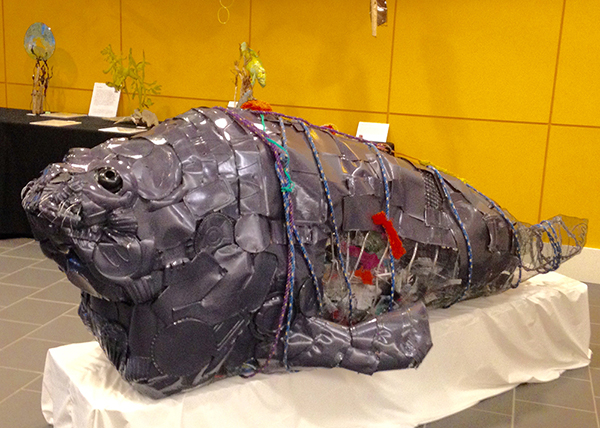
Marnie Sinclair (b. 1945), Seamore the Seal, 2019. Made of recycled single-use plastic, wire, and heavy-duty hardware cloth, 96 x 38 inches, collection of the artist.
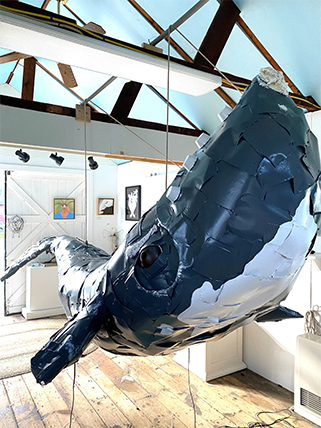
Marnie Sinclair (b. 1945), Kin, 2023. Made of recycled single-use plastic, wire, and heavy-duty hardware cloth, 108 inches long, collection of the artist.
